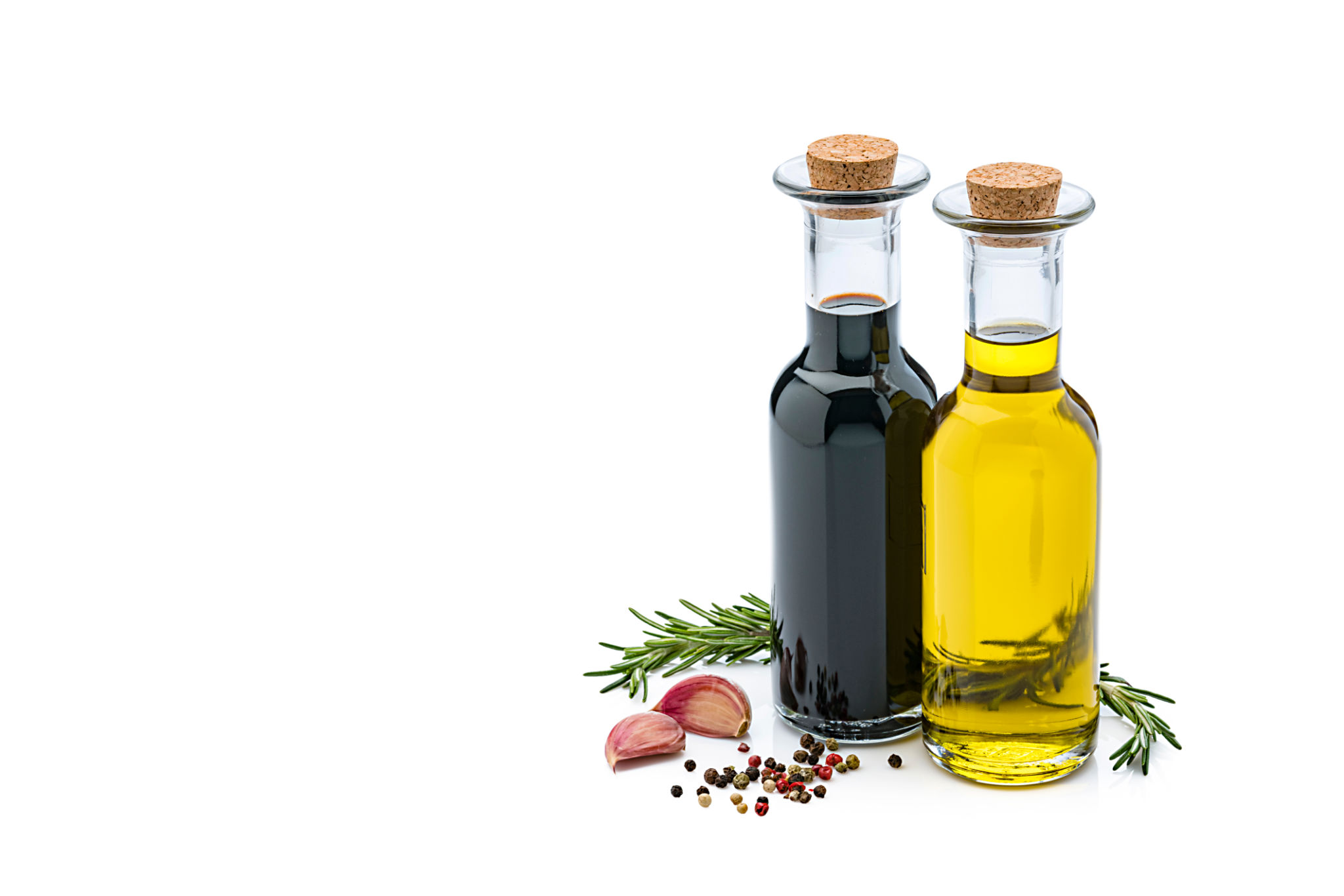How to Select the Best Olive Oil for Your Culinary Needs
NB
Understanding Olive Oil Types
When it comes to selecting the best olive oil for your culinary needs, understanding the different types is crucial. Olive oil comes in various grades, each with its unique flavor profile and culinary uses. The three main types are extra virgin olive oil, virgin olive oil, and regular olive oil. Extra virgin olive oil is the highest quality, boasting a robust flavor and low acidity. It's perfect for dressings and finishing dishes. Virgin olive oil has a slightly higher acidity and is ideal for cooking at medium temperatures. Regular olive oil, also known as pure olive oil, is often a blend and is suitable for high-heat cooking.

Consider Your Culinary Needs
The type of dish you're preparing can significantly influence your choice of olive oil. For salads or dishes where the oil's flavor will stand out, opt for extra virgin olive oil to enhance the taste. If you're sautéing or frying, a virgin or regular olive oil might be more appropriate due to their higher smoke points. Understanding the role olive oil plays in your recipe will help you make the best selection.
Another factor to consider is whether you're using the oil for its health benefits. Extra virgin olive oil is rich in antioxidants and healthy fats, making it an excellent choice for those looking to add nutritional value to their meals. However, it's important to balance flavor and health benefits with practical cooking needs.
Assessing Quality
Quality is paramount when selecting olive oil. A good way to assess this is by checking the label for harvest dates and certifications such as DOP (Protected Designation of Origin) or PDO (Protected Geographical Status). These indicate that the oil meets specific quality criteria. Additionally, opt for oils packaged in dark glass bottles, which help protect the contents from light exposure and preserve flavor.

Flavor Profiles
Olive oils vary widely in flavor, from mild and buttery to robust and peppery. The flavor profile is influenced by factors such as the variety of olives used and the region where they are grown. Tasting different olive oils can help you discover which profiles you prefer for various dishes. Some oils are best enjoyed raw, while others complement cooked foods nicely.
If possible, sample a few different brands and types to get a sense of what you like. You might find that a particular region's olives offer a taste that perfectly matches your culinary style.
Storage Tips
Proper storage of olive oil is essential to maintain its flavor and quality. Keep your olive oil in a cool, dark place away from heat sources like stoves or windows. Ensure the bottle is tightly sealed when not in use to prevent oxidation, which can degrade the oil.

Avoid buying in bulk unless you use olive oil frequently, as it can go rancid over time. Smaller bottles ensure fresher oil and better taste.
Conclusion
Selecting the best olive oil for your culinary needs involves understanding types, considering your cooking requirements, assessing quality, exploring flavor profiles, and ensuring proper storage. With these tips, you can enjoy the full spectrum of flavors and health benefits that olive oil offers, enhancing your dishes with one of nature's finest ingredients.